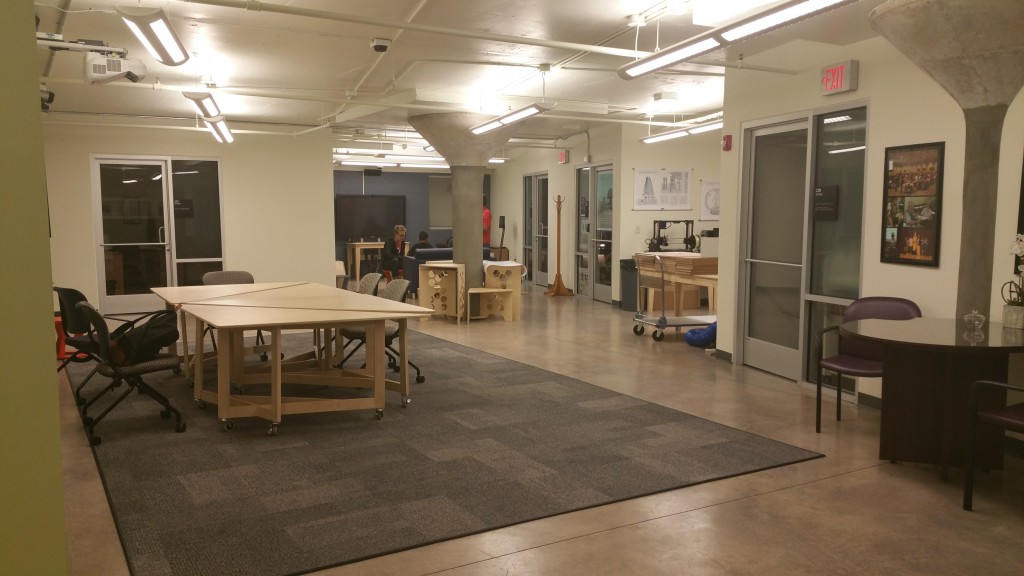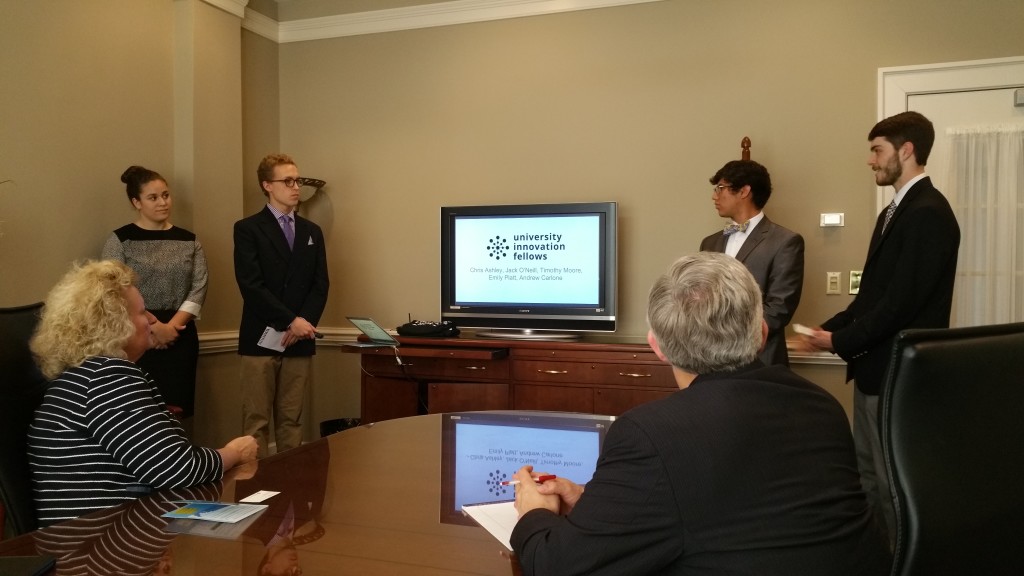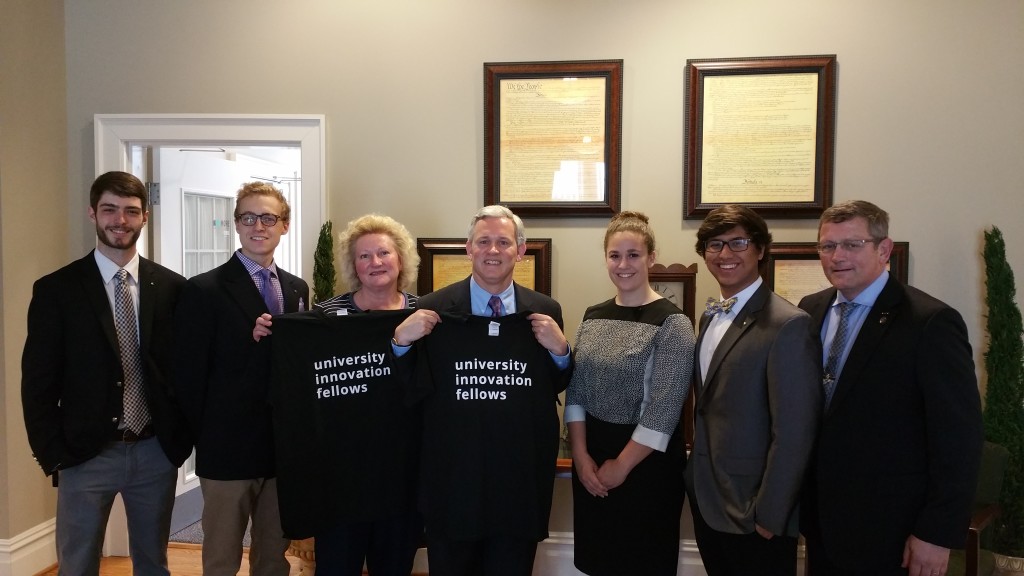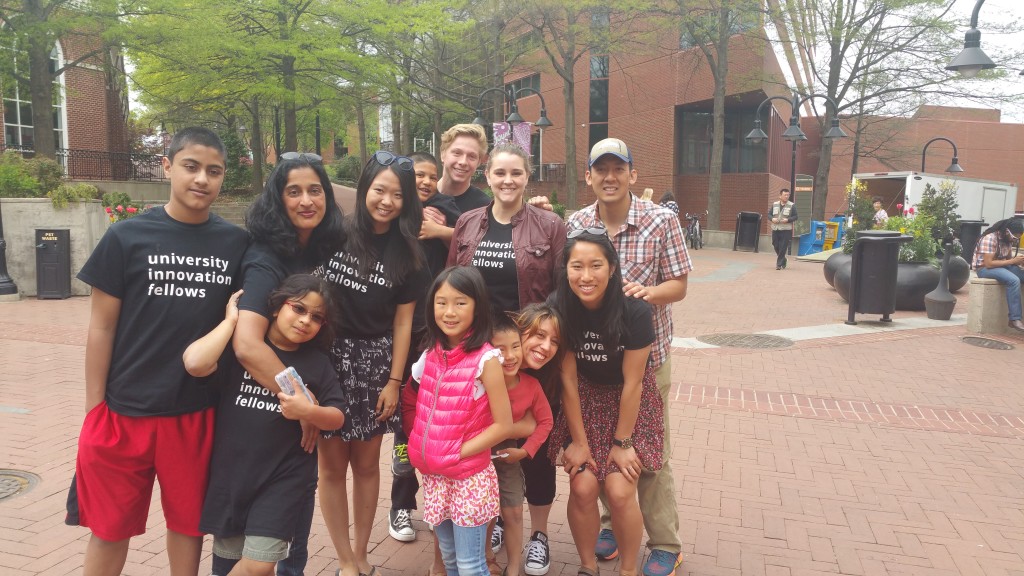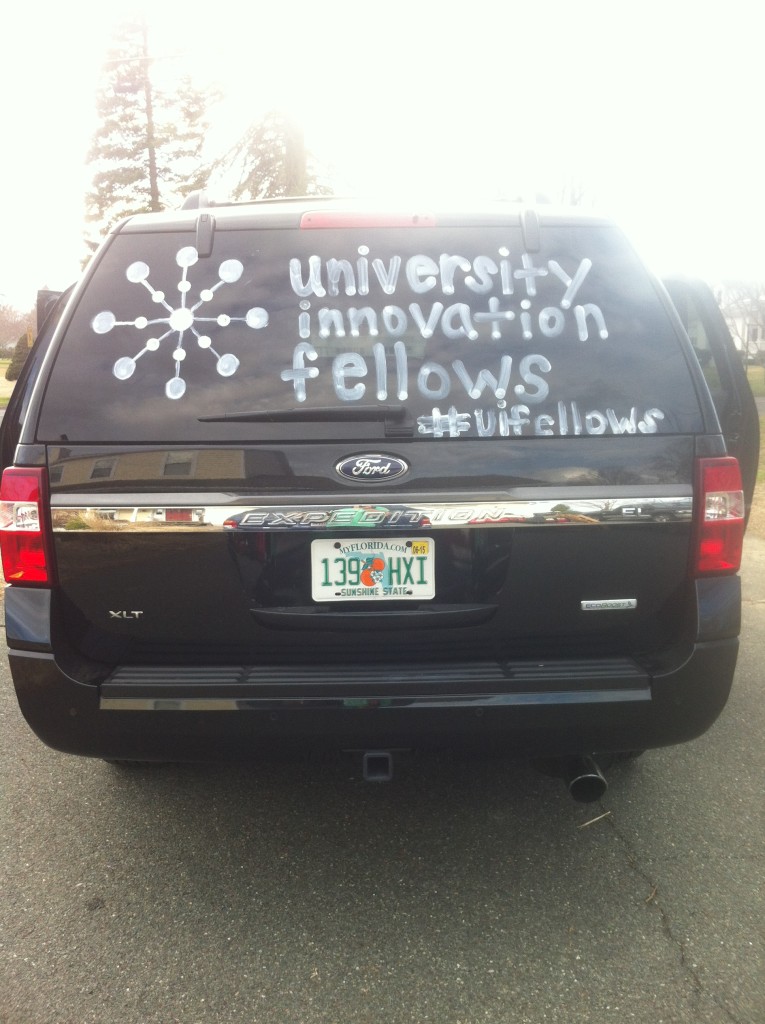Why Student Voice Means More Than Choice

Image Credit: asylsun / Shutterstock
Back in high school, I always dreamt about the freedom that college life would bring. I would make my own decisions, 24/7. Sure enough, when I got to college, I was free—free to choose my major, how I spent my time and how I wanted to live my life.
It was as thrilling as I had imagined, yet I felt suppressed. I ran into the same problem from high school: I still didn’t have any say in the choices made about my education. These decisions about my learning happened without me.
Giving students more “choice” doesn’t guarantee a stronger student “voice.” This second piece is about having more authentic choice—choice about the things that matter.
Student voice is about having more authentic choice—choice about the things that matter.
Students like me have the illusion of voice and choice. We have “student leadership” that is really just a popularity contest. We run “student governments” that really just plan parties. We share our “student feedback” on sites like RateMyProfessor.com that really just indicate how easy it was to get the grade.
We’ve gone from high school, where we couldn’t even choose when we went to the bathroom, to college, where we’re expected to decide everything for ourselves, all the time. In some ways, the overabundance of choices exhausts our willpower, sapping our energy away from matters of greater significance.
Choice is everywhere, but we’re still disenfranchised when it comes to what matters most about our education and our lives. Here are a few examples:
- The emphasis placed on grades creates an academic bubble: we’re judged by how we choose to live in that bubble, not by the decisions we make in the real-world.
- We don’t have a say in what happens in the classroom: the professor has full control.
- We don’t have any input in curricular matters: we’re told the graduation requirements are what they are.
This isn’t always the case, and it doesn’t have to be the norm. I’ve found pockets of hope and inspiration through several student-driven programs I have participated in that offer authentic agency around the things that matter.
- Across the street from UVA’s famous Rotunda lies a student-run experiential education organization called HackCville. HackCville runs semester-long programs that include a student-designed curriculum, a personal alumni mentor in a field of your interest, hands-on projects and more. One program to emerge from HackCville is Rethink, an experiential “class” taught by and for students—check out the syllabus here.
- Co-create UVA is an initiative that promotes student-faculty partnerships in teaching and learning. Co-create UVA offers paid consulting for trained students to use their experience as students to advise faculty on how to improve their teaching. For example, Co-create UVA hosted a student-faculty luncheon at UVA’s New Faculty Orientation, in which new faculty members directly conversed with UVA students about their experience at UVA to better understand the student perspective.
- Student-initiated innovation classes and workshops are popping up across the country through the national network of University Innovation Fellows. Student leaders in this program have developed “pop-up classes” to test out new ways of teaching entrepreneurship and innovation. University Innovation Fellows at James Madison University have hosted pop-up classes on glass blowing, 3D printing, welding and more.
These examples place students at the center of their own learning and at the helm of their own life. That’s what I see as the future of higher education.
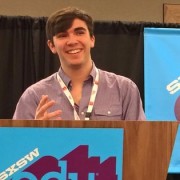 Keaton Wadzinski (@Kwadzki) is a third year at the University of Virginia studying Youth and Social Innovation with a minor in Social Entrepreneurship.
Keaton Wadzinski (@Kwadzki) is a third year at the University of Virginia studying Youth and Social Innovation with a minor in Social Entrepreneurship.
He became University Innovation Fellow in the fall of 2015.

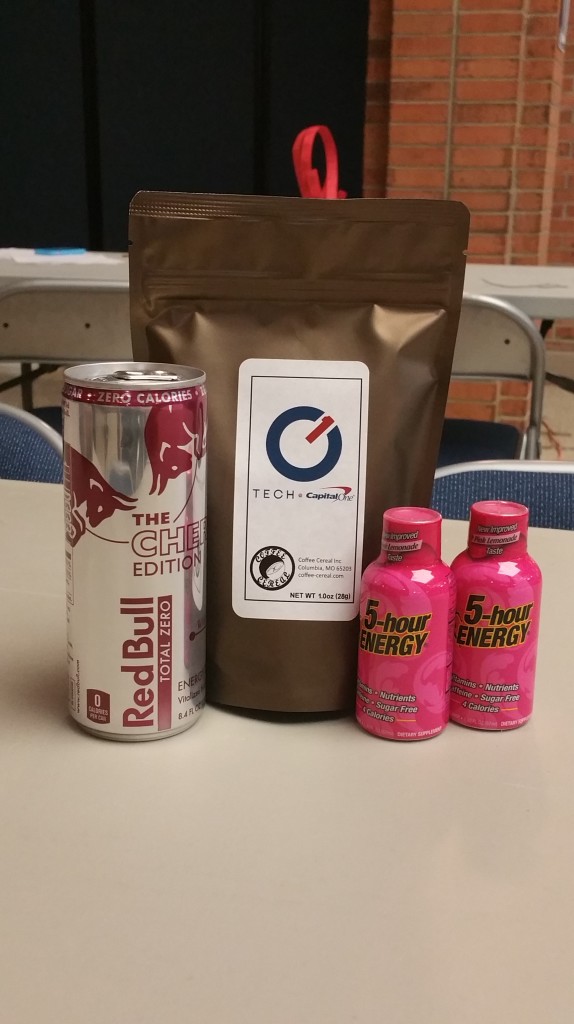 *A play on Virginia’s state motto, “Virginia is for Lovers.”
*A play on Virginia’s state motto, “Virginia is for Lovers.”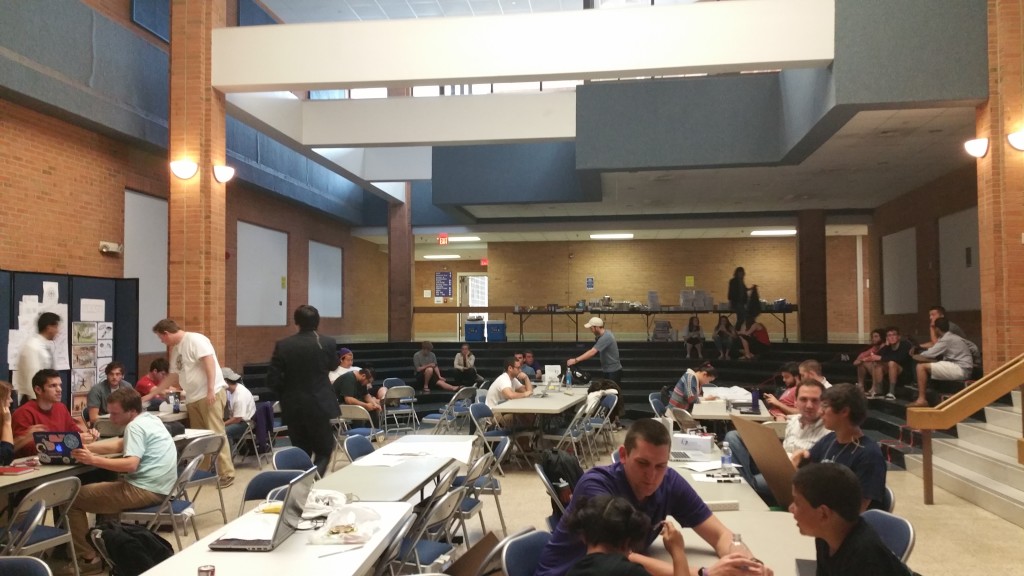
 Fourteen teams had formed and had 5 minutes to present with an additional 2 minutes of Q&A from the panel of judges. The teams had developed ideas from aiding local food producers market where they would be selling local produce to gym powered greenhouses to apps organizing medical emergency information to a mobile solution for HR companies on-boarding their new hires. The winner of Bluestone Hacks was Volterre, a mobile app designed to predict epidemics. The software monitors moods, social networks and google searches in a geo-targeted location to identify the spread of sickness in order to avoid epidemics. The winner was a senior at JMU studying physics.
Fourteen teams had formed and had 5 minutes to present with an additional 2 minutes of Q&A from the panel of judges. The teams had developed ideas from aiding local food producers market where they would be selling local produce to gym powered greenhouses to apps organizing medical emergency information to a mobile solution for HR companies on-boarding their new hires. The winner of Bluestone Hacks was Volterre, a mobile app designed to predict epidemics. The software monitors moods, social networks and google searches in a geo-targeted location to identify the spread of sickness in order to avoid epidemics. The winner was a senior at JMU studying physics.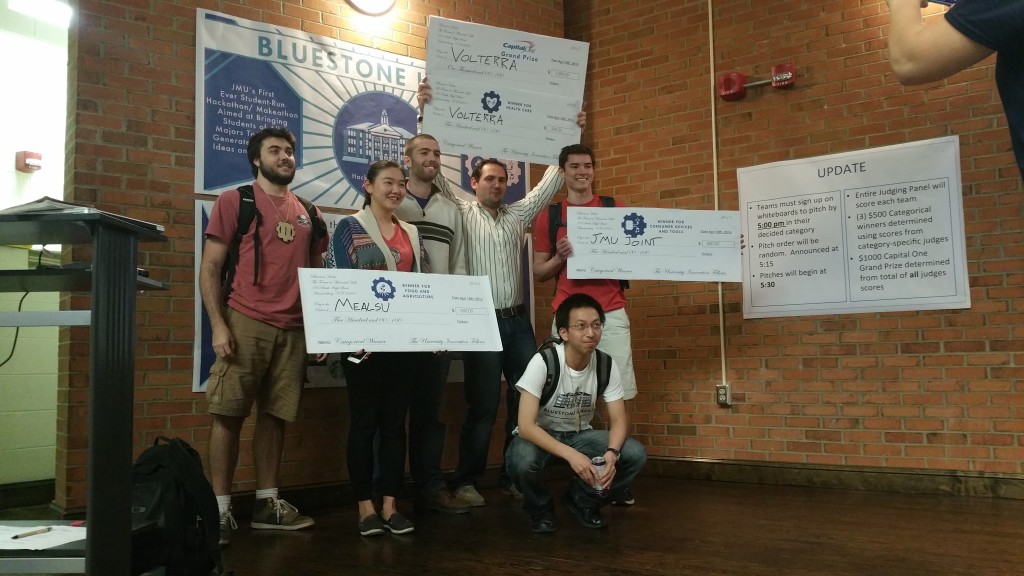
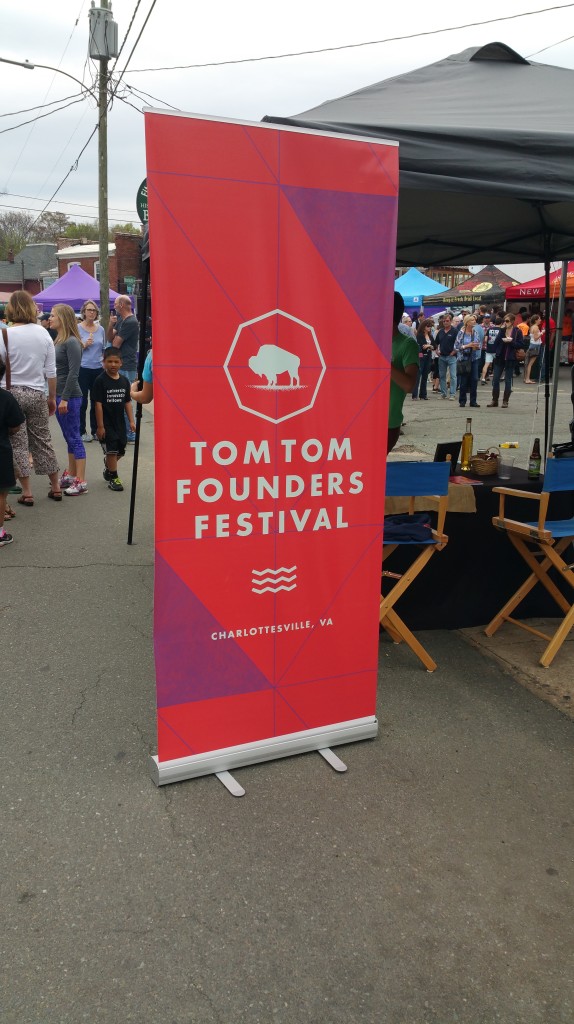
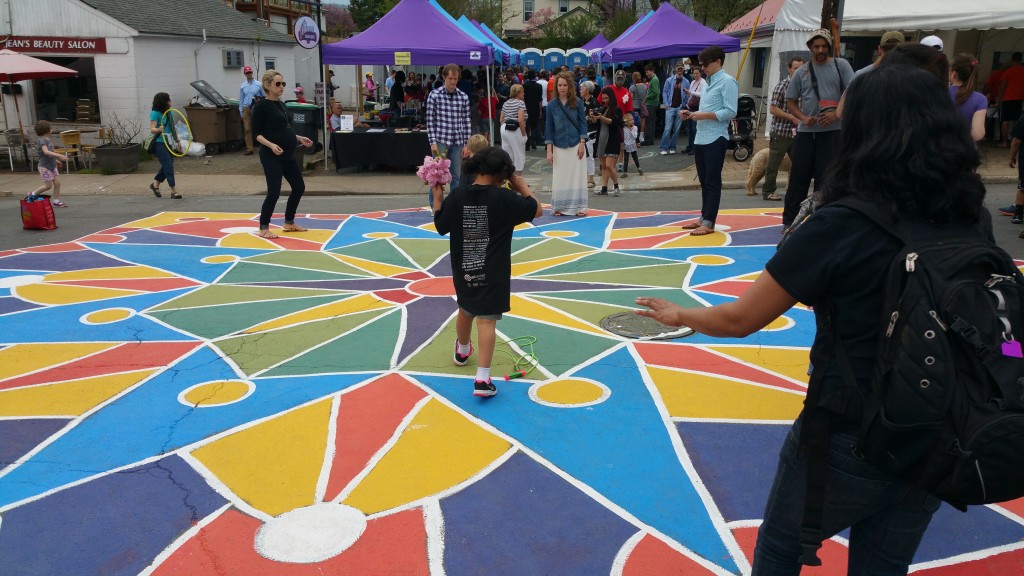
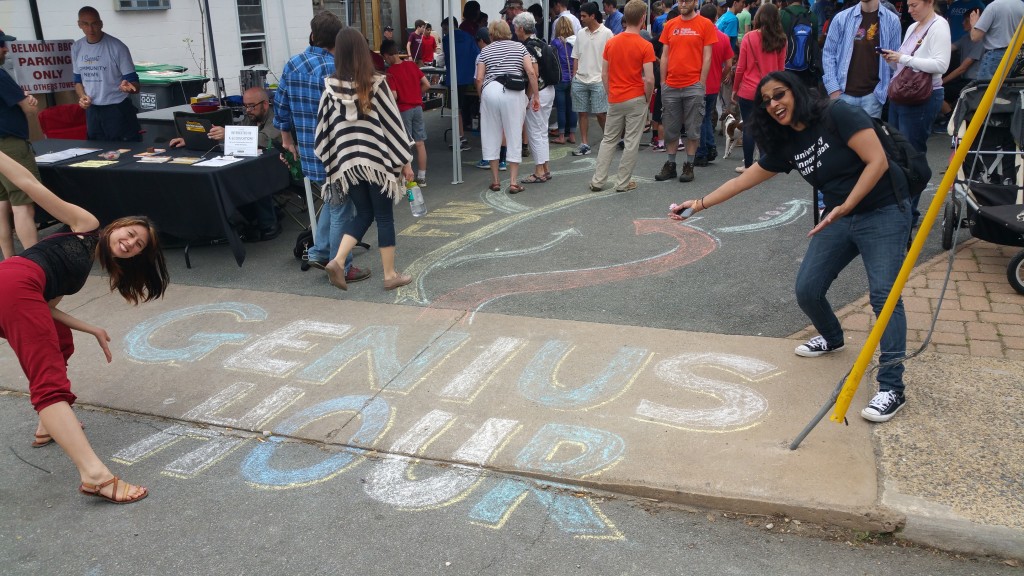 There, we attended the Genius Hour — an event for makers of all ages — and saw many K12 and collegiate-level projects. It was described as “…a celebration of tech enthusiasts, crafters, educators, tinkerers, hobbyists, engineers, artists, and students.” We had the opportunity to meet one of the organizers, Nate, a senior at UVa, who reached out to TomTom Fest organizers and pulled together the community to exhibit their creativity. As a program, we had heard we were making a difference (from both faculty sponsors and Fellows), but we were blown-away as community members recognized our University Innovation Fellows t-shirts at TomTom Fest.
There, we attended the Genius Hour — an event for makers of all ages — and saw many K12 and collegiate-level projects. It was described as “…a celebration of tech enthusiasts, crafters, educators, tinkerers, hobbyists, engineers, artists, and students.” We had the opportunity to meet one of the organizers, Nate, a senior at UVa, who reached out to TomTom Fest organizers and pulled together the community to exhibit their creativity. As a program, we had heard we were making a difference (from both faculty sponsors and Fellows), but we were blown-away as community members recognized our University Innovation Fellows t-shirts at TomTom Fest.